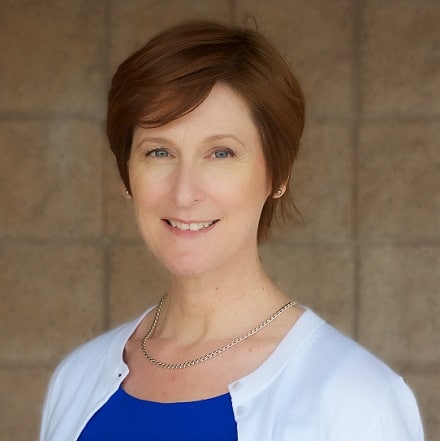Inside Angle
From 3M Health Information Systems
One more year and five lessons learned from the MSSP ACOs
CMS recently announced the 2015 financial and quality results for nearly 400 Medicare ACOs. My 3M colleagues and I were eager to sift through the data for insights to help other organizations pursuing risk-based contracting. Indeed, there were insights.
James Devine, 3M senior analyst, and fellow 3M blogger Steve Delaronde analyzed the ACOs by size, performance against benchmark, and quality scores. Their summary supports five conclusions.
1. Cost savings is elusive. The tradeoffs favor patient outcomes (quality) over efficiency (cost). According to CMS, over 91 percent of ACOs in their second or third year increased their overall quality performance score. They generated cost savings, too, but no net savings.
As a complete group, the 392 MSSP ACOs reduced spending to $429 million below the overall benchmark, with slightly more than half of them keeping expenditures below expected. There were 119 ACOs (30 percent of the group) that earned a total of $646 million in shared savings payments, which exceeded the overall cost savings. In the end, CMS paid $216 million for better patient outcomes and improvements to care infrastructure.
2. There is no easy money for ACOs. Most of the MSSP ACOs that earned a shared savings payment got a 40 – 50 percent share of the savings they generated. Their bonuses averaged $311 per ACO member, and they had to work awfully hard for it. Investments included new programs to reduce hospital admissions, readmissions, and ED visits, nurse care managers assigned to high-risk members, and certified patient-centered medical homes.
3. Experience helps. ACOs starting in 2012 performed far better than newcomers. These veteran ACOs generated average savings per ACO of $4 million and savings per member of $197. By comparison, ACOs starting in 2015 generated average savings of $358,000 and average savings per member of only $19.
The experience paid off for the veteran ACOs. Forty-two percent of them earned shared savings payments, a higher proportion than other cohorts. Their average shared savings payment per member was higher, too: $376 per member for 2012 ACOs who qualified for a shared savings payment. But that amount dropped to $229 on average per member for ACOs that entered the program in 2015.
4. Big improvements can be made with small populations. Small ACOs, those with fewer than 10,000 members, generated the largest savings at an average of $303 per member. They were also more likely to qualify for a shared savings payment (42 percent), confirming that organizations can successfully manage risk-based agreements for small populations. The next-best group was very large ACOs with more than 50,000 members. A third of very large ACOs qualified for payments based on average savings of $150 per member.
A closer look shows even more impressive performances. In spite of being small ACOs, nine of the top ten ACOs achieved average savings of $2,176 per member. At the top of the list, Rio Grande Valley Health Alliance in Texas, with only 5,500 members, found savings of nearly $2,600 while meeting all of the 33 quality criteria.
Location matter, too. Texas and Florida swept the high achievers for per member savings, suggesting that the certain regions have a more favorable environment for collaboration on accountable care.
5. The downside is intimidating. Only 21 ACOs chose Track 2 or 3 for the current 2016 program year, including several that did not earn shared savings in 2015. These tracks offer a higher stake in shared savings. Tracks 2 and 3 also exposes ACOs to shared losses or downside risk, something providers appear to be avoiding.
The real benefit is value of care, not just cost of care.
Nearly half of the ACOs, 189 or 48 percent, failed to meet their benchmarks for cost savings. Another 21 percent generated some savings but did not qualify for a shared savings payment. Why continue with the program? Because the real benefit of the program is in improving the value of health care, not just cost.
CMS reported that ACOs improved on 84 percent of the quality measures between 2014 and 2015, notably for screening for risk of future falls, depression screening and follow-up, blood pressure screening and follow-up, and providing pneumonia vaccinations. But the value of accountable care isn’t limited to specific areas of disease management and prevention.
3M clients who manage accountable care organizations note the organizational benefits to participating in the program:
- Increased focus on efficiency and appropriate site of service
- Greater participation of primary care physicians for preventive care
- Greater investment in patient-centered care and patient engagement
- Expansion of care coordination from hospital-based discharge planning and transitions of care to include post-acute and community-based services
What does the future hold for the Shared Savings Program? CMS says it receives “strong interest” from new and renewing ACOs. That’s a pretty clear indication that the ACO model for value-based care will be around many more years.
Kristine Daynes is marketing manager for payer and regulatory markets at 3M Health Information Systems.


